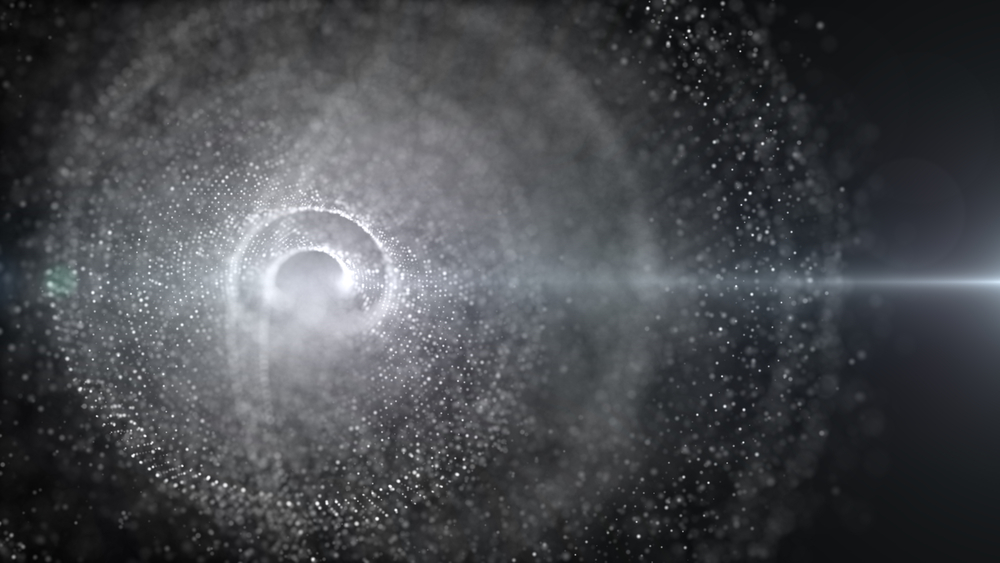Researchers at Johns Hopkins may have identified a compelling clue in their ongoing search to prove the existence of dark matter.
The mysterious diffuse glow of gamma rays near the center of the Milky Way galaxy has puzzled researchers for decades, trying to figure out whether the light is coming from colliding dark matter particles or from rapidly rotating neutron stars.
A new study finds that both theories are equally likely.
“Dark matter dominates the universe and binds galaxies together. It’s so important that we’re always frantically coming up with ideas about how we can detect it,” said co-author Joseph Silk, a professor of physics and astronomy at Johns Hopkins University and a researcher at the Paris Institute of Astrophysics and Sorbonne University.
“Gamma rays, particularly the excess light observed at the centers of galaxies, could be the first clue.”
Supercomputer can predict where dark matter is located
Researchers used a supercomputer to create a map of where dark matter should be located in the Milky Way, taking into account for the first time the formation history of galaxies.
Currently, the Milky Way is a relatively closed star system, with no material moving in or out. However, this was not always the case.
During the first billion years, many small galaxy-like systems made of dark matter and other matter invaded and became the building blocks of the young Milky Way. The number of dark matter collisions increased as dark matter particles were drawn toward the center of the galaxy and clustered.
When the researchers factored in more realistic collisions, the simulated maps matched real gamma-ray maps taken by the Fermi Gamma-ray Space Telescope.
Gamma rays can come from dark matter
These matching maps complete a trio of lines of evidence suggesting that the excess gamma rays at the Milky Way’s center may originate from dark matter.
Gamma rays from dark matter particle collisions produce the same signals and characteristics as those observed in the real world. However, the researchers noted that this is not conclusive evidence.
Light emitted by rapidly rotating reactivated old neutron stars called millisecond pulsars could also explain features in existing gamma-ray maps, measurements, and signals.
However, the researchers pointed out that this millisecond pulsar theory is incomplete. For these calculations to work, researchers must assume that there are many more millisecond pulsars than they observed.
New telescope could provide definitive answers
The answer may come with the construction of a huge new gamma-ray telescope called the Cerenkov Telescope Array.
Researchers believe data from high-resolution telescopes that can measure high-energy signals can help astrophysicists break through the paradox.
The researchers are planning a new experiment to test whether these gamma rays from the Milky Way have higher energies, meaning they are millisecond pulsars, or lower-energy products of dark matter collisions.
Mapping predictions across dwarf galaxies
In the meantime, researchers will work on predicting where dark matter will be found in a few selected dwarf galaxies orbiting the Milky Way.
Once you map your predictions, you can compare them to high-resolution data.
Silk concluded: “The new data may support one theory more than another, or we may not find anything at all. In that case, there will be an even bigger puzzle to solve.”
Source link

